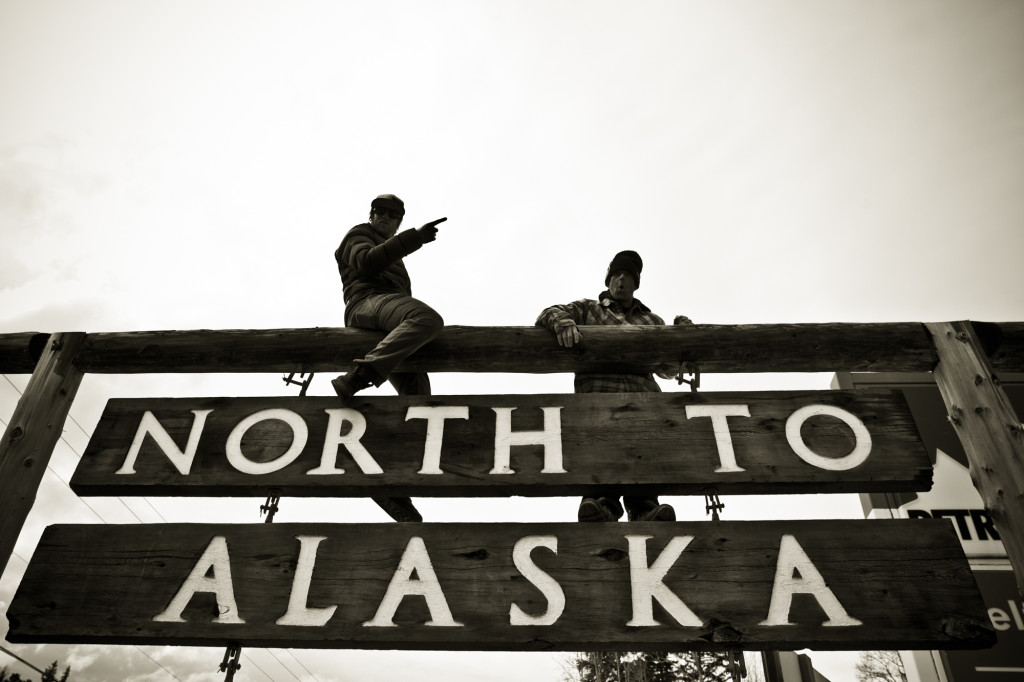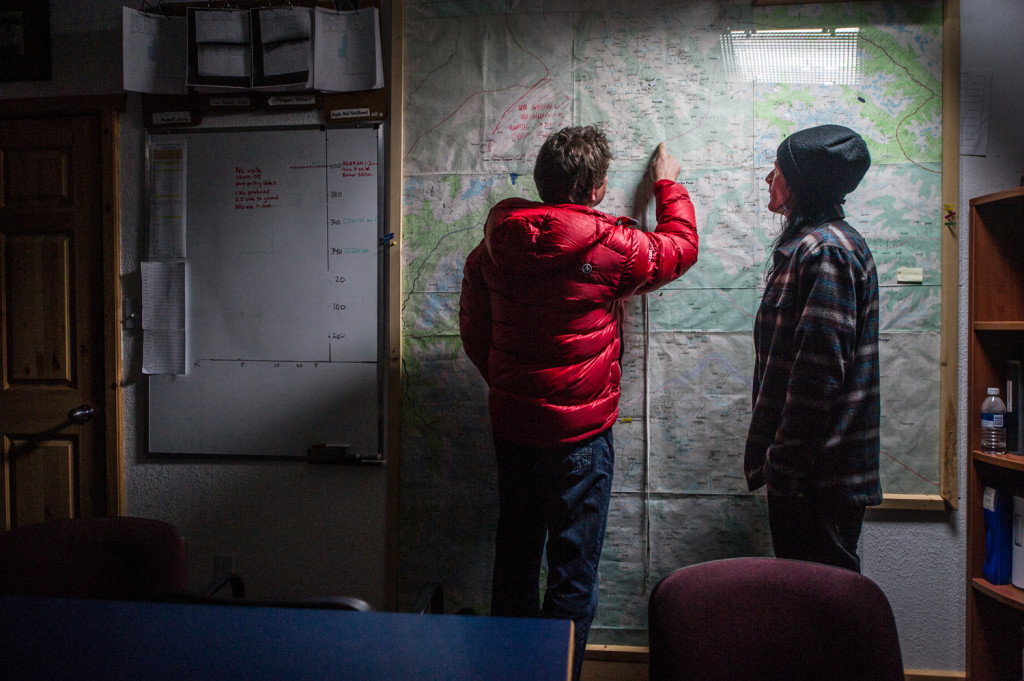Last Frontier’s Hot Tips: How to Communicate With Your Group
com.mu.ni.ca.tion (noun): The imparting or exchange of information or news.
We have all felt misunderstood in our lives. Sometimes due to miscommunication, sometimes due to language barriers. If there is one place that you don’t want to be misunderstood, it’s on your heli-skiing vacation in the backcountry. Because the guests that ski with Last Frontier Heli-Skiing come from all over the world, it is imperative that there is clear communication amongst your group and with your guide. To ensure the safety of our Last Frontier Heli-Skiing guests, we have put together a quick list of tips to overcome any potential language barriers or cross-cultural misunderstandings.

Waving Wildly in No Particular Direction: In our experience, the “wild gesture” has failed as an effective on-snow communication tool. It can indicate anything from distress or panic to happiness or joy. You may be trying to tell your partner not to ski to the right, they assume that you are simply overcome with excitement and are doing some power moves. Dangerous.
Yelling: This vocal tactic has also been generally futile in the heli-ski experience, due to the fact that you will likely be shrieking, yelling, crying, etc., from the pure thrill of powder skiing; therefore, the emphatic power of a good yell is generally lost. Speak calmly. The “outside voice” is not our favourite voice.
Pointing With Poles: The old pole point can be a lot of fun. It says “hey, I know how to point out a good time.” The old pole point can also hit people in the face. It can also be misunderstood as aggressive and authoritative. If you’re single, we recommend only using your poles to flirtatiously knock snow-ghosts onto cute members of your group (also single). If married, keep your poles pointed towards the ground.
Some Key Words to Know: Down, Stop, Wait, Right, Left. Look them up before you arrive here. Even if English is your first language.

How to Act Out Concepts and Feelings: Sometimes, a few words doesn’t cut it, no matter what language they are in, and sometimes, you will be forced to act things out. I’m not talking Oscar worthy charade performances here, I’m talking quick and dirty. “Look out” is best expressed by simply pulling the person out of the way. “Where does it hurt?” can be portrayed by wincing in pain and then putting your hands out in a wide angle V. “Are we really going to ski that?” can be implored by eye contact and raised eyebrows, etc.
Touching / Make Contact: Sometimes a good hand on the shoulder will do the trick. For the more distracted or reluctant listener, employ a hand on the leg instead. Being appropriate sometimes has to be thrown out the window when it comes to on-snow communication.
Email / Texting: Save it. This hardly works in real life let alone during your backcountry vacation.
Smile: The world’s most underrated form of communication.

**I read an article by someone who is generally smarter than me (a doctor) and they stated that the best ways to communicate are to do things like remove distractions, choose the right environment, decide on a mutually beneficial time and listen. All from which I concluded that the best on-snow communication tactic is one easy move:
The Fist Bump: The Fist Bump has been proven, time and time again, to be one of the best ways to nonverbally communicate. It incorporates the top five elements of successful communication: touch, eye contact, shared environment, self-awareness and awareness of others.
So pull up next to your ski bud, look him/her right in the goggles, put your hand on his/her leg and say: “it is my turn to go first.” Then fist bump and get some.


